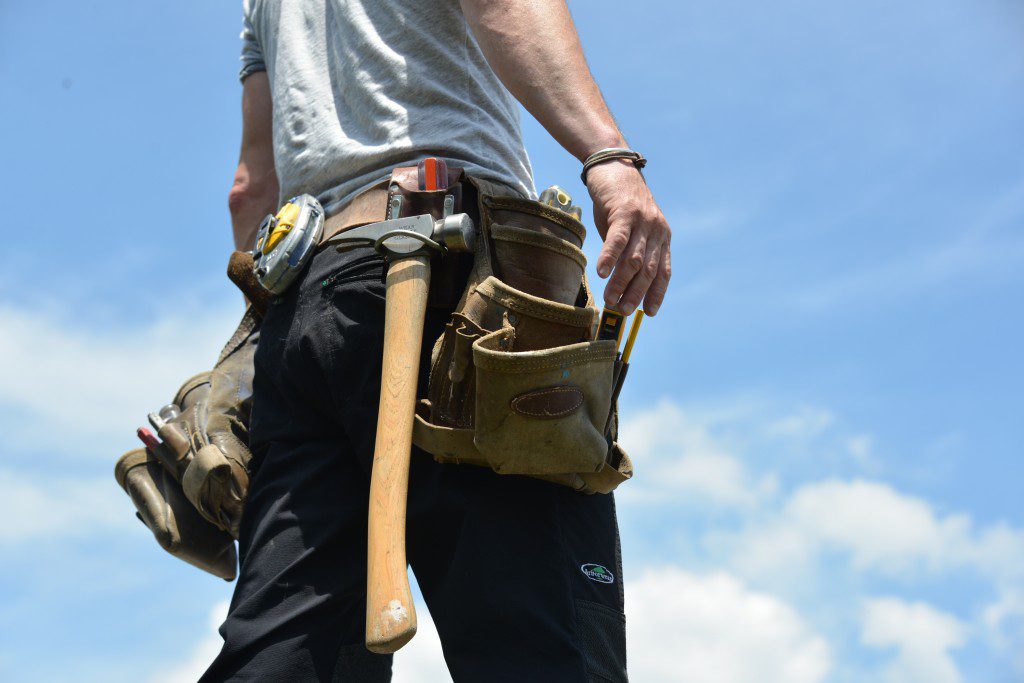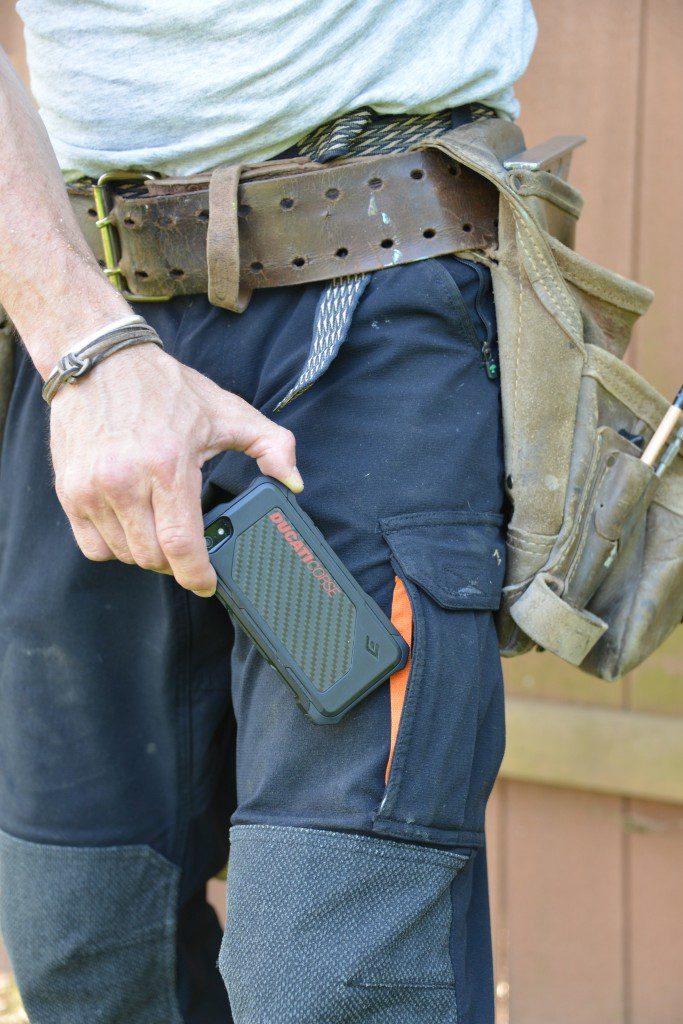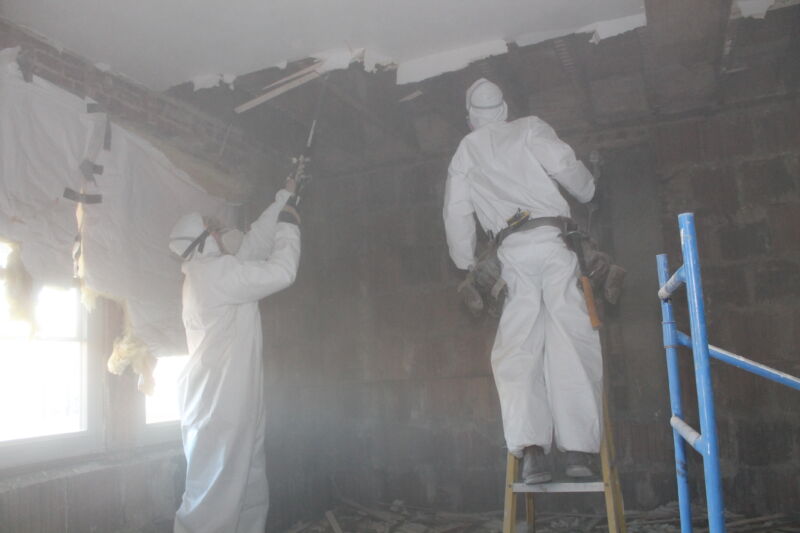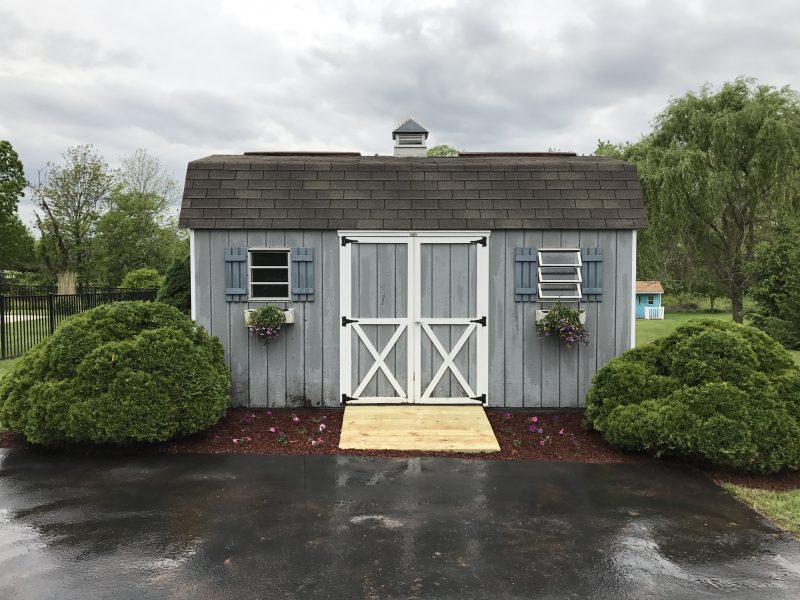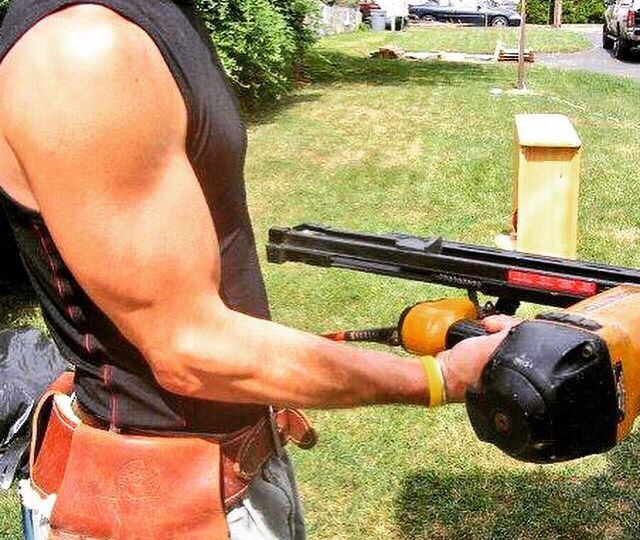
Maximize your remodeling hours as a house flipper and renovator with help from a few job site essentials that make every day a little easier, so you aren’t leaving speed on the track.
Renovating houses is hard and time-consuming work. It takes dedication, time, vision, and the ability to cope with setbacks. Figuring out a path forward if a particular product is suddenly unavailable or 50 percent more expensive than it was last year is a matter of shrewd budget planning. It’s also important to know your limits as a home renovator.
So, with all this planning, all these tasks, and a house torn apart, it can be a lot to manage over the course of your renovation journey. How can you equip yourself to be more efficient and effective every day, so you can keep the project on time and on budget? After all, renovating houses is a hard task, and any hard task requires reliable tools.
Keep reading to find out about a few essentials—gear and handy items—for house flippers and home renovators.
Whiteboard & calendar
We use a whiteboard and calendar, in addition to a shared calendar in our iPhones and an app called Todoist to keep track of projects and the changes that happen when remodeling homes and building decks. It doesn’t matter what type of system you use, as long as you use it. It can be a spiral-bound notebook, a note-taking smartphone, and or one of those giant planners from the 90s. As long as you can use to collaborate with your partner and it’s flexible enough to update when changes happen, it can be a helpful time save overall.
Having a mutual workspace so everyone can keep up with any schedule adjustments is essential for a home renovator or house flipper. Being able to immediately scan in your receipts helps with properly tracking your budget. And there are other apps like Evernote or Notion that have collaborative work environments that are backed up to the cloud and can be accessed from most devices.
Of course, a simple pocket notebook and pencil you keep in your work truck and tool belt can help, too. This way you can avoid forgetting key details that will no doubt come as your renovation progresses over time.
Quality tool belts & pouches
Investing in a quality tool belt and pouches is a pragmatic step for any house flipper or renovator. A tool belt serve as a practical collection of everyday items, ensuring that you have essential tools readily accessible as you work on various projects. That might include a screwdriver or two, a pencil, a tape measure, multi-tool, pliers, speed square, a torpedo level, and other items necessary for the project on hand.
A durable tool belt, preferably made of sturdy materials like leather or nylon, will withstand the rigors of daily use. It’s helpful when it and has multiple pockets and compartments for your tools. However, it’s also important to make sure the bags don’t hang too low as to interfere with climbing ladders or walking around the project.
When you’re equipped with a tool belt, you’ll no longer need to search for misplaced tools, enhancing your efficiency and productivity from the jump. For those who work outside or around wet areas of the home, a pouch that contains a solid shock-proof, waterproof case for your phone can be a huge time saver.
Personal Protective Gear (PPE)
Most people are aware of PPE from COVID, but anyone working in construction or around hazardous environments was already wearing job-specific protections. For your own personal renovation needs, it’s a good idea to purchase protective eyewear, hearing protection, dust masks, sturdy work shoes, and durable work gloves. A reliable and compact flashlight is also a smart safety essential for house flippers and renovators.
These items offer vital protection against potential hazards such as flying debris, harmful dust, loud noises, and hand injuries. It may seem that it is easy to just be careful. However, that’s not always the case. Trips, falls, and failing equipment (such as a poorly locked ladder) can all cause problems.
By prioritizing safety, you not only reduce the risk of accidents but also create a secure environment for anyone who visits the project. So, make PPE a non-negotiable investment to keep you safe and sound while you work on transforming properties to your personal standards.
Tools for testing & inspecting
House flipping projects require thorough property assessments. Investing in comprehensive home inspection tools is a smart choice. It’s also important to take time to learn how to use these tools properly.
For those who are battling wet basements, equip yourself with a quality moisture meter to check damp. A digital laser distance tool and level makes for easier layout and measuring. A reliable stud finder helps avoid hanging shelves in dangerously unstable locations, and a robust electrical tester makes sure your outlets are grounded. Also, an inspection camera that can be inserted inside a small drywall hole can also be a time and money saver.
These tools can empower you to identify hidden issues, and pinpoint electrical problems. With a well-equipped arsenal of inspection tools, you can make informed decisions from the beginning to the end of your home renovation commitment.
Another important resource is knowing trusted professionals who can help when the project becomes too complicated to DIY. For example, if you have no qualifications in electrical work and maintenance, then it’s best to leave those systems to the professionals. Moreover, you can hire a professional to double-check issues you’ve found. A second opinion can be worth the cost, no matter how many houses you’ve renovated. Everyone sees a situation a little differently.
Investing in a work van or truck
Logistics is an essential thing to consider when renovating houses, and sure, you might not be managing a fleet of trucks for your own property. That said, you will be transporting heavy goods, be that lumber and plywood, building materials, work tools, windows, and whatever else you purchase or order for use in your property.
A work van can include shelves and cages for your tools and materials, strong suspension to drive with confidence, and the ability to cut the amount of trips you need to take in half. If you ever decide to use your skills for a semi-professional purpose, a well-maintained work vehicle is a reflection of your reliability in the industry.
This might not be an essential investment, but it can certainly be one that solves a lot of headaches. Anyone who renovates successfully will most likely tell you that investing in efficiency is one of the most valuable measures you can take.
Comfortable workwear
When you’re working on a house in the middle of summer, your clothes need to be breathable. In the winter, they need to insulate and be breathable so sweat doesn’t accumulate and maker you even colder than when you started. But clothing has much more utility than just regulating your body temperature. It also protects you if you wear the right items.
For example, a pair of work pants with soft kneepads can be a lifesaver when kneeling on unfinished flooring to work on part of the house. Shirts with short sleeves will help you avoid getting your sleeve caught in a tool you’re using which improves safety.
Safety glasses or regular protective glasses can be ideal, and some you can even get with prescription frames. I have a pair of trifocals, and it’s been a huge helper on the jobsite. A great pair of boots like the Kenetrek Boots protects your feet, and you can use steel-toe boots for more intense efforts that don’t involve electrical work. Electricians wear EH-rated boots for safety reasons.


A hat is a good idea, not only for keeping the sun out of your eyes, but to protect your skull if construction is taking place around you. Infusing a little job site safety wisdom into your home renovation never hurts, after all, these professional standards have been developed for a reason.
Tarps & shelters
It’s essential to consider the tarps and shelters you have on hand for protecting building materials. For example, a large tarp you can tie over a pile of lumber will help them avoid being exposed to the weather and soaked through before you use them for a wall framing or decking.
The same can be said for other building materials like roofing. A shed can be useful for wheelbarrows and other commonly used items that need weather protection but not necessarily temperature protection, like flooring and other items. A shed also helps keep supplies safe under lock and key, ensuring they remain when you come back to the job site.
Do you have questions about other essentials for house flippers and renovators?
Send us a note and we’ll try to help.
About the Author



